Sweatshops - Blessing or Disguise
VerifiedAdded on 2023/01/09
|6
|1238
|50
AI Summary
This paper examines whether sweatshops are a blessing or a disguise for workers, arguing that they violate workers' rights and welfare. It explores the hazardous working conditions and low wages in sweatshops, as well as the argument that they provide above-average wages. The study also discusses the violation of labor laws and the adverse effects on workers, including child labor and unequal treatment of women. Overall, sweatshops are shown to have a negative impact on workers' lives and well-being.
Contribute Materials
Your contribution can guide someone’s learning journey. Share your
documents today.
1 out of 6
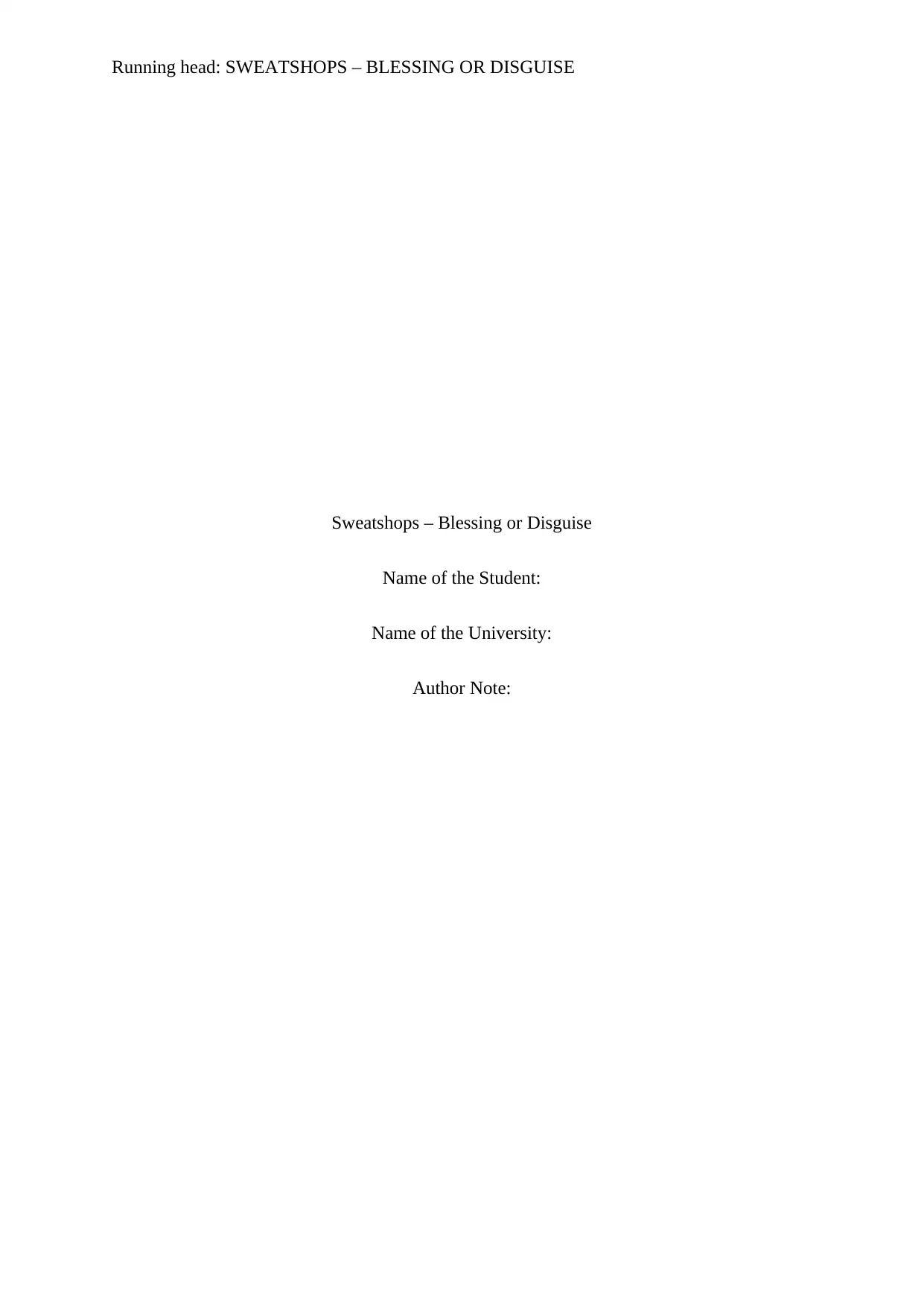

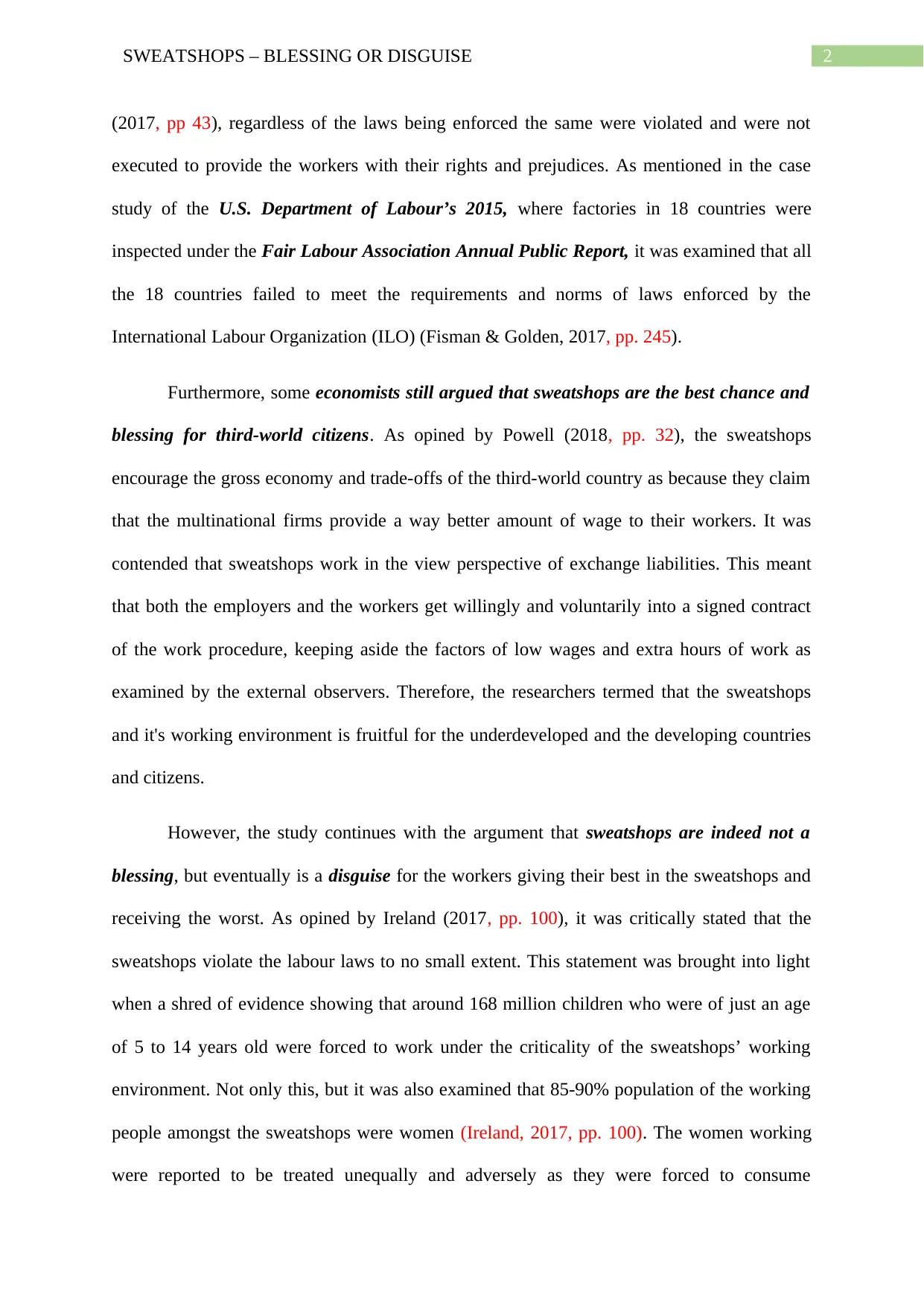
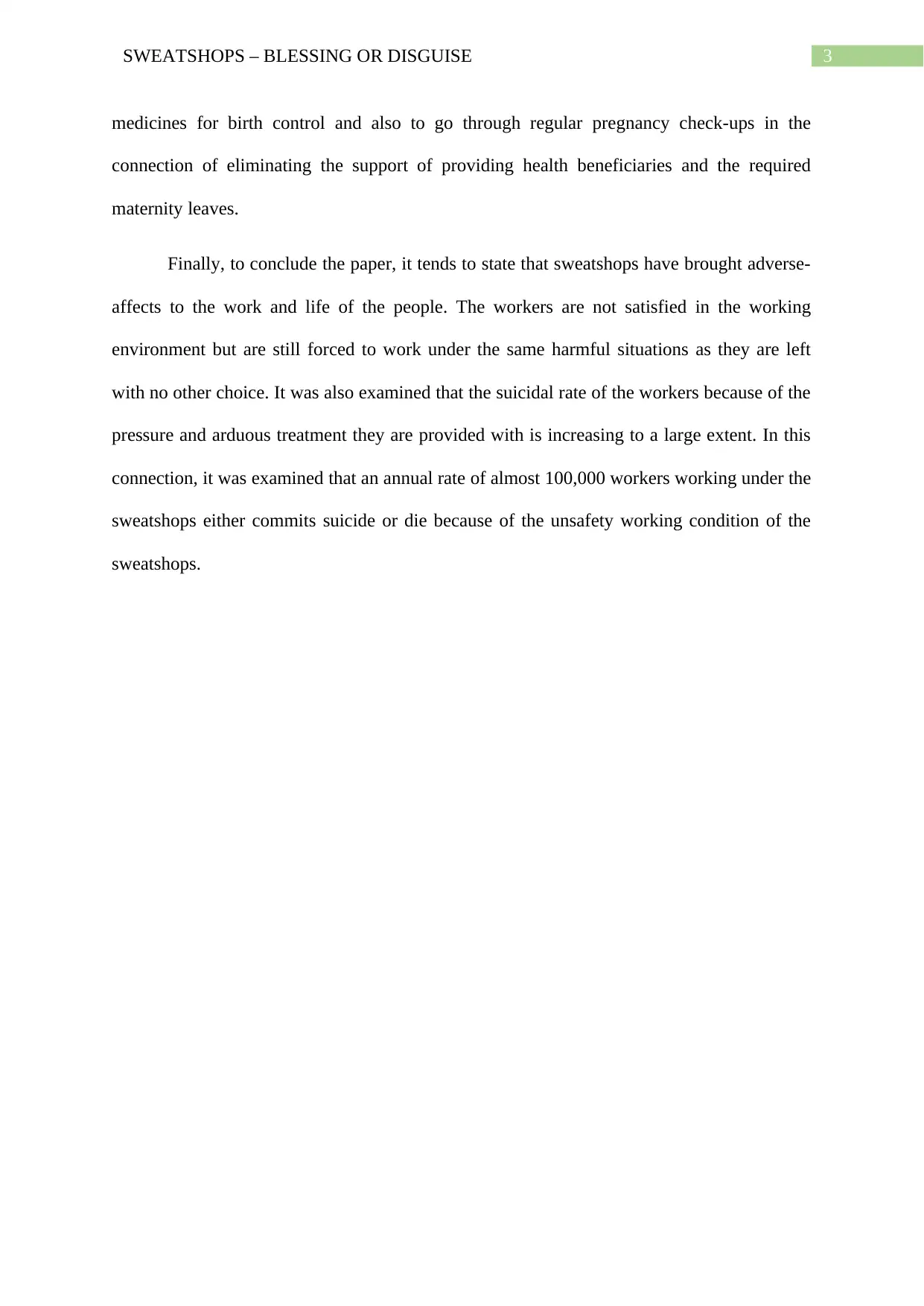
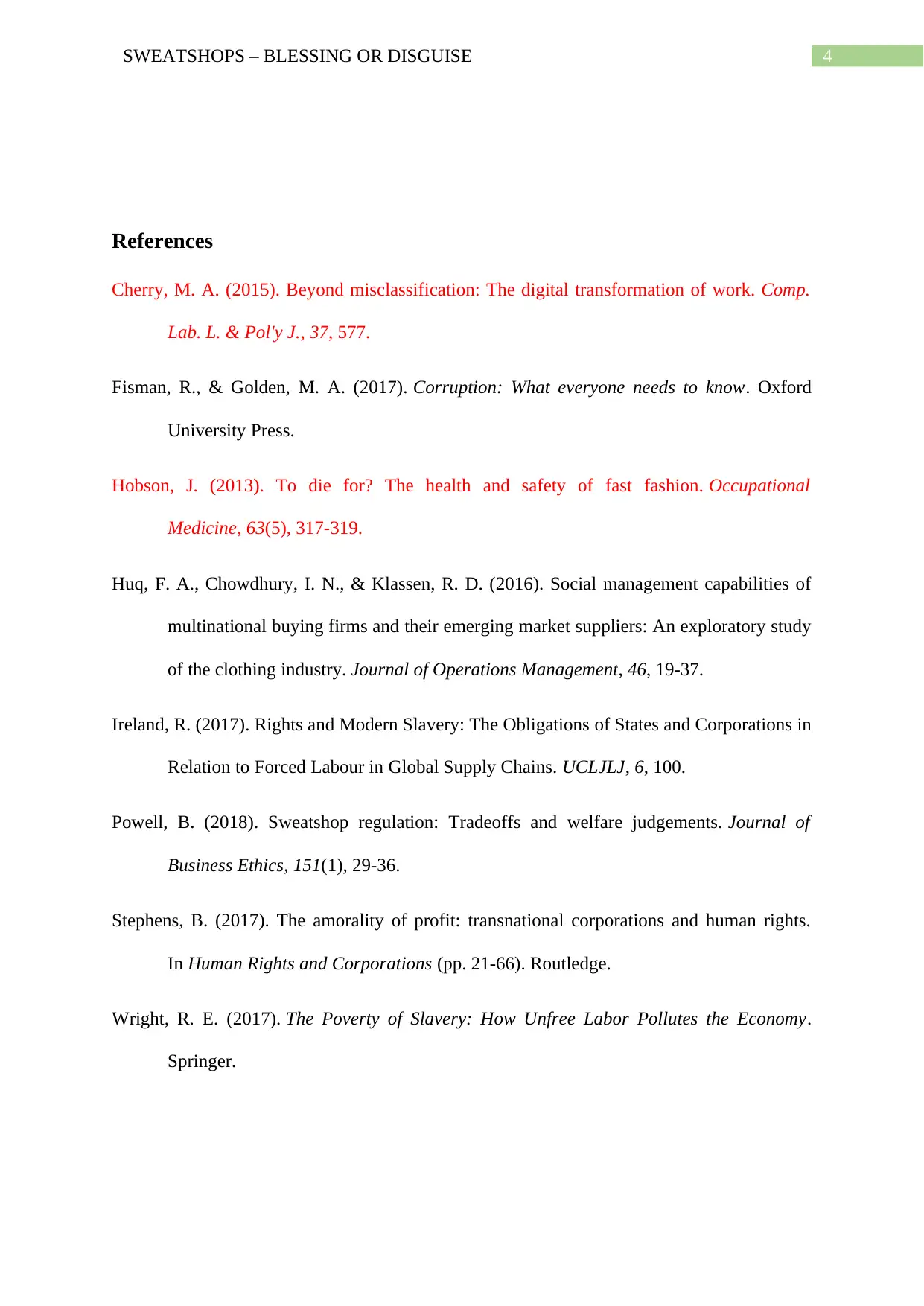
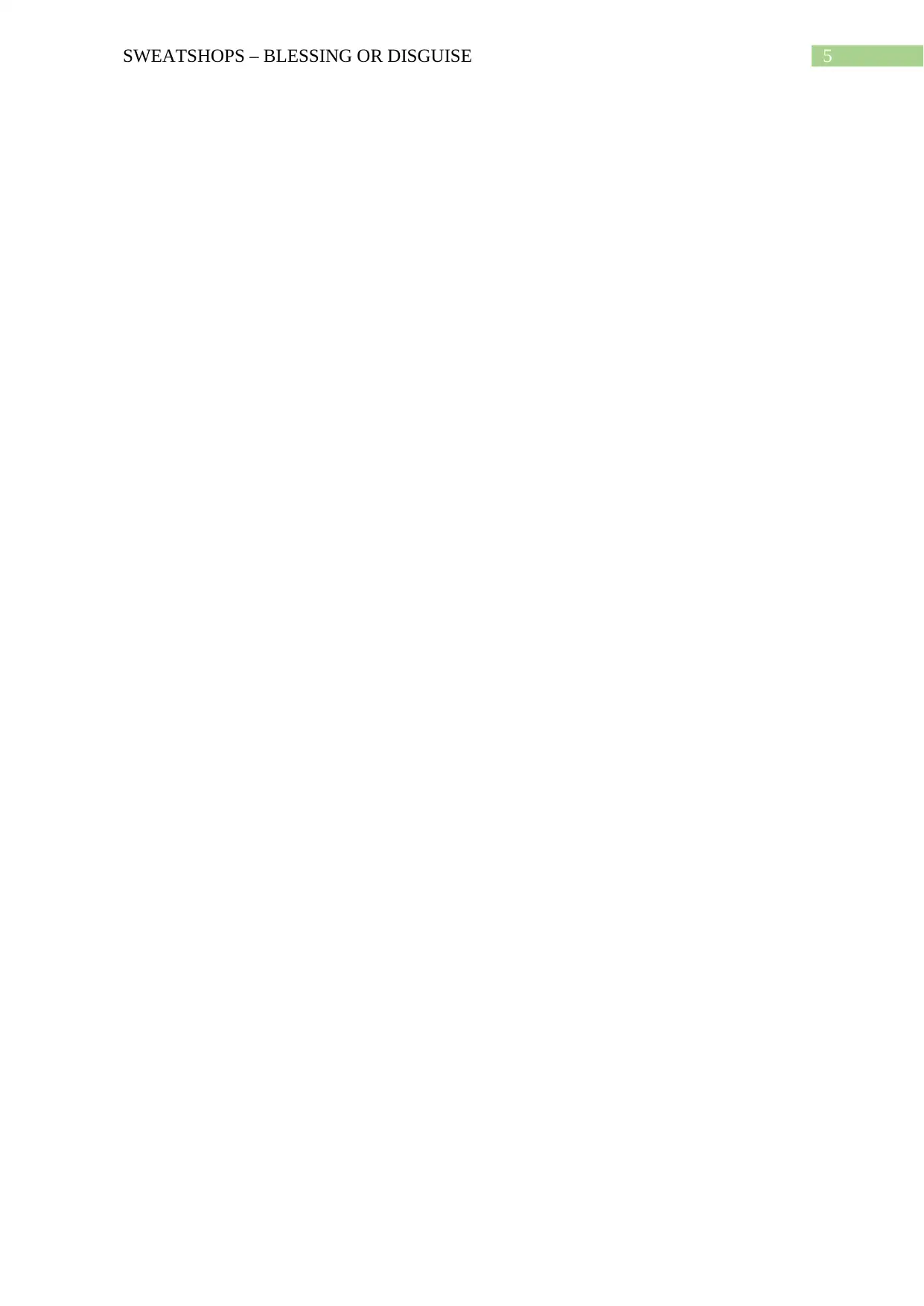





![[object Object]](/_next/static/media/star-bottom.7253800d.svg)